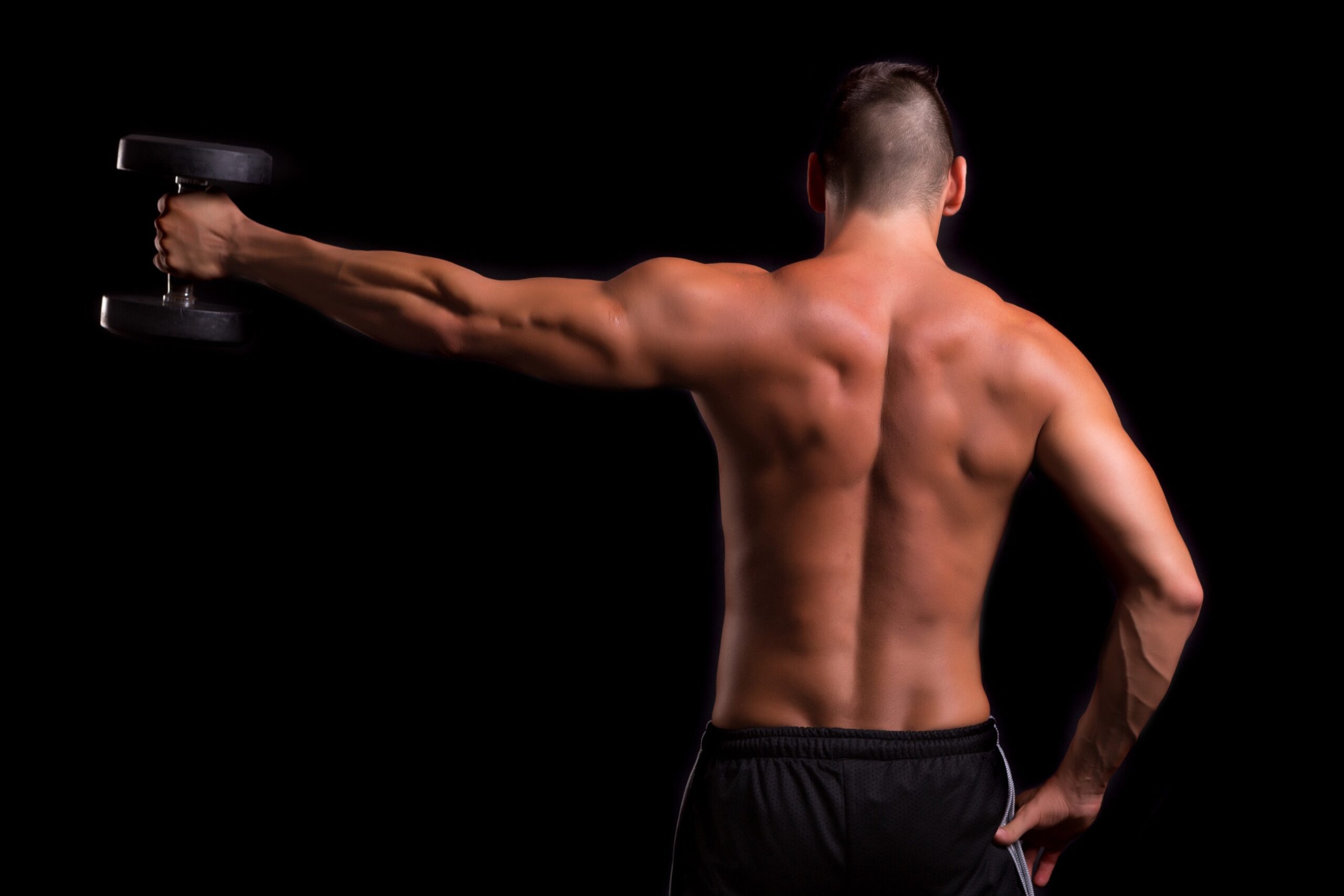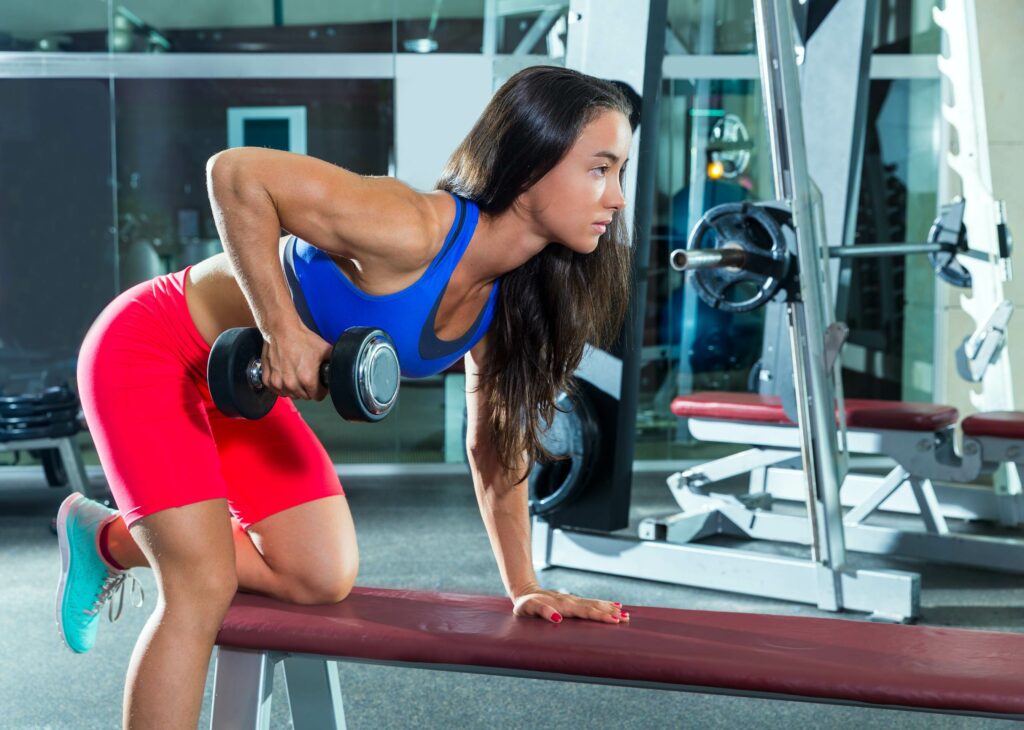Unilateral exercises for a strong and healthy back

Muscular imbalances are widespread and a significant risk factor for back pain. Unilateral training can help. The one-armed or one-legged exercises are efficient. They not only train coordination and body awareness. The all-important deep muscles around the spine also benefit.
Unilateral exercises has been known for a long time
Unilateral exercises are no longer an insider tip. Sports science has known about this form of training for decades. But although studies show again and again how good it is for the body, it is used far too rarely. So it’s time to free this excellent training variation from its shadowy existence.
What are unilateral exercises?
- With unilateral exercises, only one limb is trained at a time. This means only one leg or only one arm.
- The other variation is bilateral exercises, which are performed with both arms or both legs. The bilateral classics include bench presses, squats, and lat pull-downs.

Unilateral exercises against muscular imbalances
Most sporting activities take place with one leg or one arm. Therefore, it also makes sense to train with one leg or one arm. But strength training still mainly uses bilateral exercises. The problem with this is that everyone has a chocolate side, and the muscles of the preferred side usually work harder than the weak side. This can lead to muscular imbalances. This disturbs the body’s statics and is one of the leading causes of back pain.
Unilateral exercises have even more advantages
- Balance: Unilateral exercises are a challenge for balance skills. You have to keep the balance. And to keep the balance, you have to use more muscles. And more muscle work means more strength.
- Coordination: The interplay between the muscles improves. This is called intermuscular coordination. The body also gradually learns to use more muscle fibers within a single muscle. This is called intramuscular coordination. This also improves performance.
- Deep muscles: Unilateral exercises train the important deep muscles around the spine. These powerhouses, also called autochthonous muscles, have a significant influence on back health.
Deep muscles and back pain
In the case of back pain, the aforementioned autochthonous musculature also plays an important role. They constantly balance our bodies without us noticing. These special supporting ligaments always work as a duo. While one muscle strand pulls, its counterpart gives way holding and vice versa. However, this complicated system can only work if all the muscle players are equally strong. Otherwise, only the cracks act, and the weak ones disengage. The logical consequence: back pain. But that is not all. The autochthonous muscles are also called deep stabilizers because they stabilize the joints.
4 unilateral exercises as an example
- Bulgarian squats: Stand backward against a chair or bench. Then bend one leg and place the toes of the other leg on the seat. From this position, do one-legged squats. Make sure your back is straight. Beginners do one set with each leg for as many repetitions as possible with correct movement. Advanced practitioners do 3 x 12 repetitions with each leg and one minute rest each time.
- One-arm dumbbell row: Stand in a lunge position, bend your legs, bring your straight upper body forward and rest your elbow on your thigh (left elbow on left thigh and vice versa).: On the other hand, you hold a dumbbell, which you bring up and lower again with a bent arm. Beginners do one set with as many repetitions as possible with both sides; advanced do 3 x 12 repetitions with each side.
- One-arm front raises: Stand upright with a dumbbell in both hands. Sit upright on a chair or bench, take a dumbbell and hold it sideways at head height. From this position bring the dumbbell up and back to head height. Beginners do one set with as many repetitions as possible with both sides, advanced do 3 x 12 repetitions with each side.
- Romanian single-leg deadlift: Stand upright and hold a dumbbell or kettlebell in your right hand with your arm knitted. Then bring the left leg back while at the same time bringing the upper body forward in line with the leg (like figure skating). The arm with the dumbbell remains extended. Beginners do one set with as many repetitions as possible with both sides; advanced do 3 x 12 repetitions with each side. Tip: Stand so that you can support yourself in case of balance problems. Do not do the exercise near hard edges.